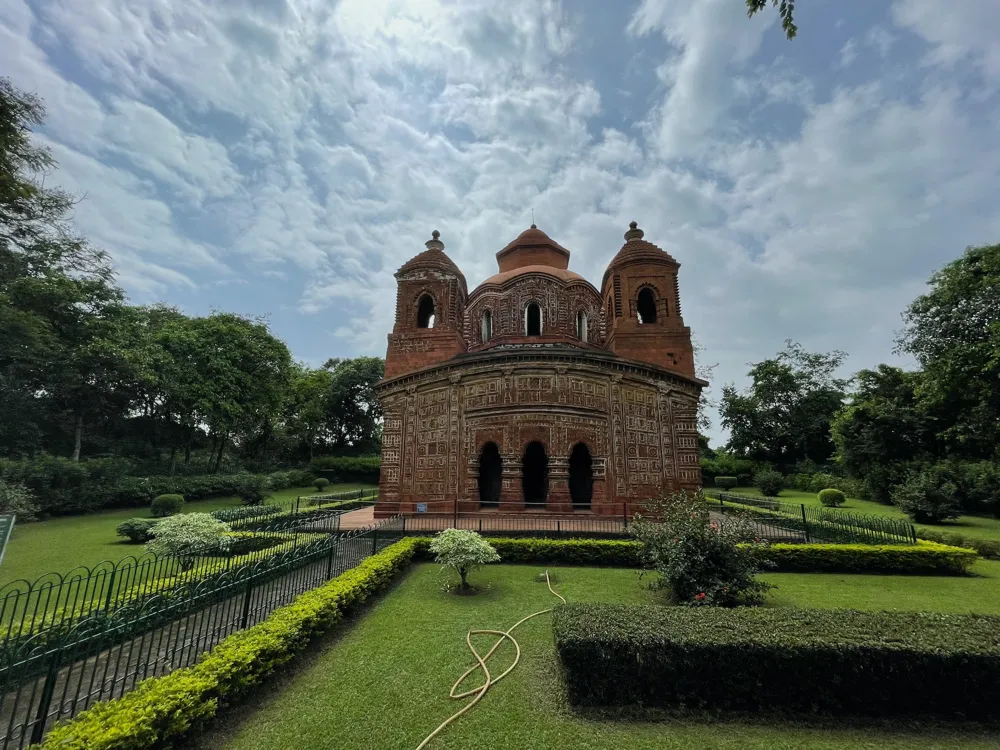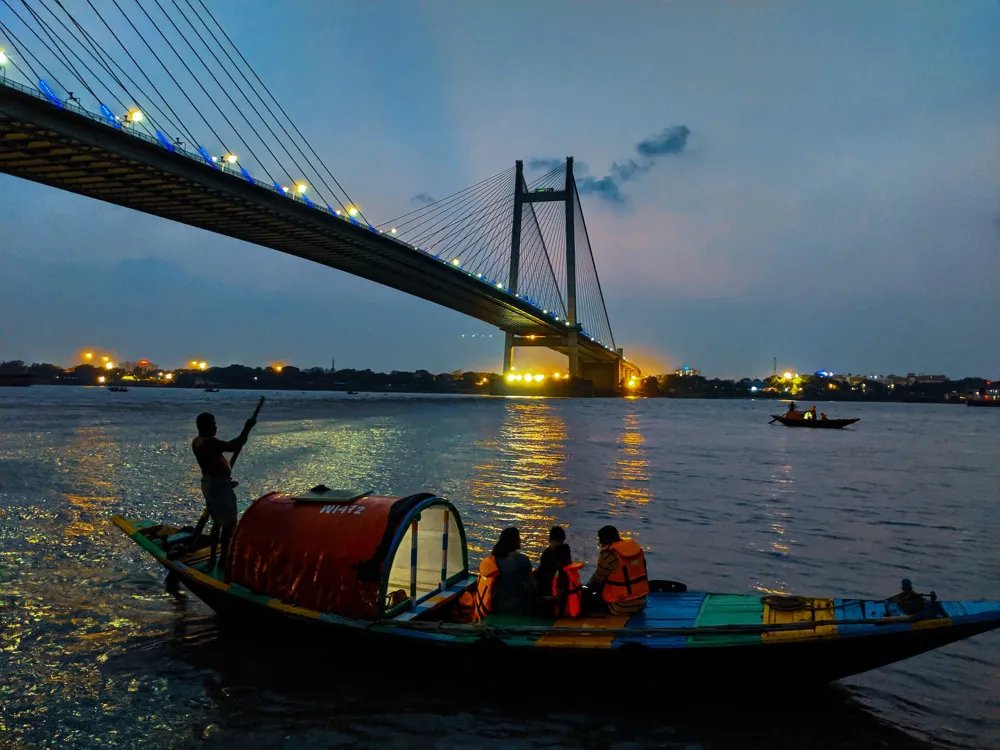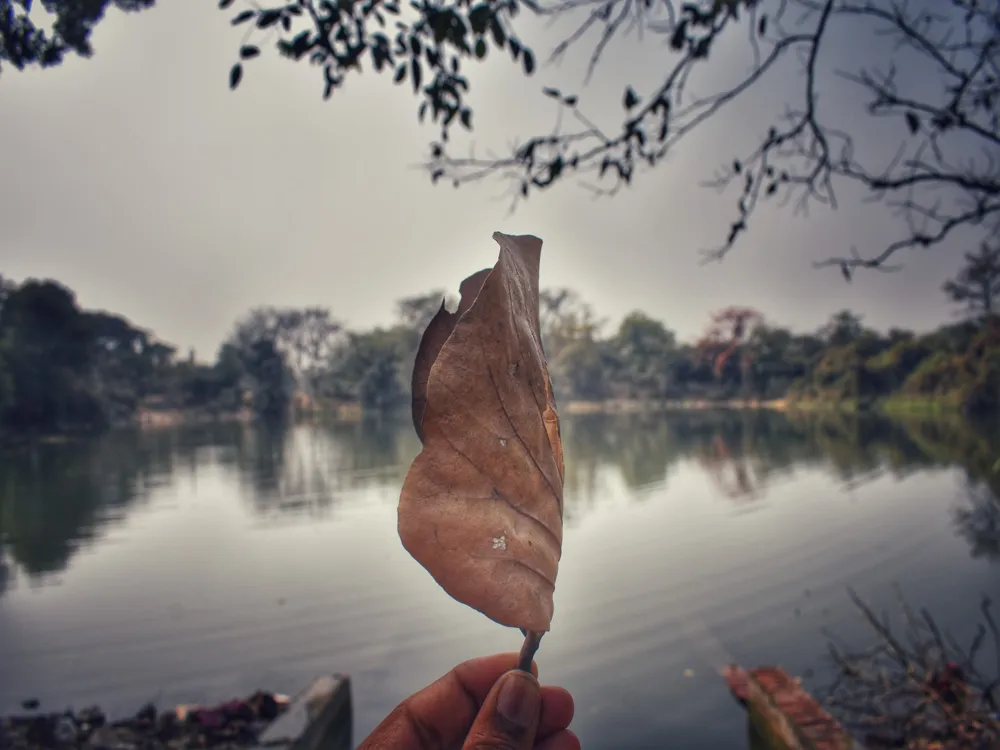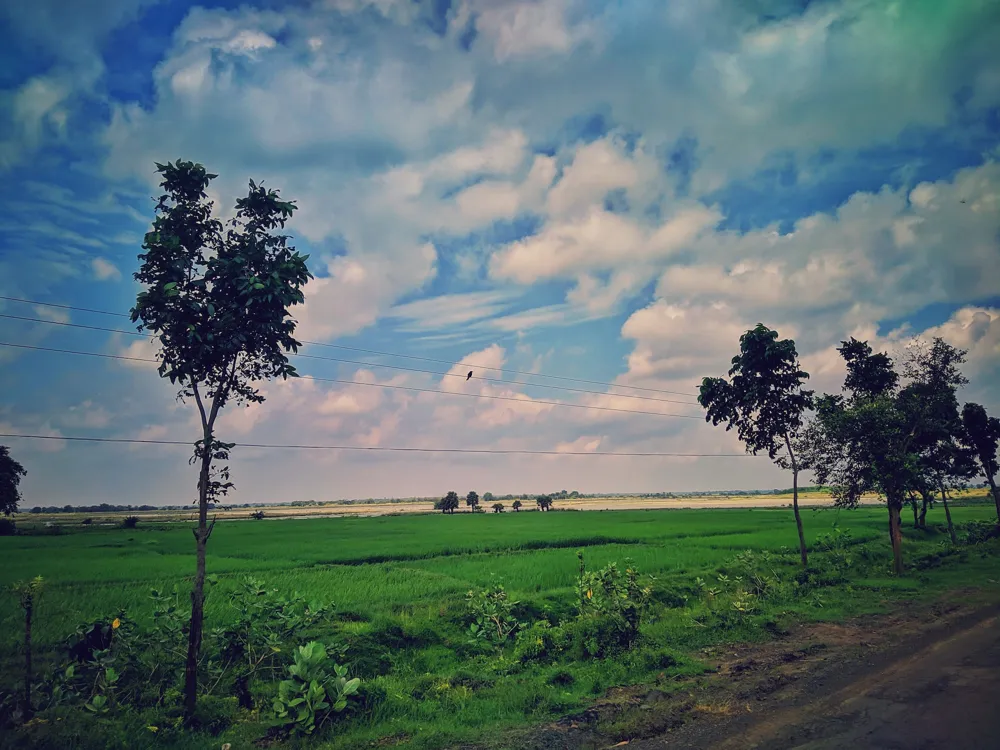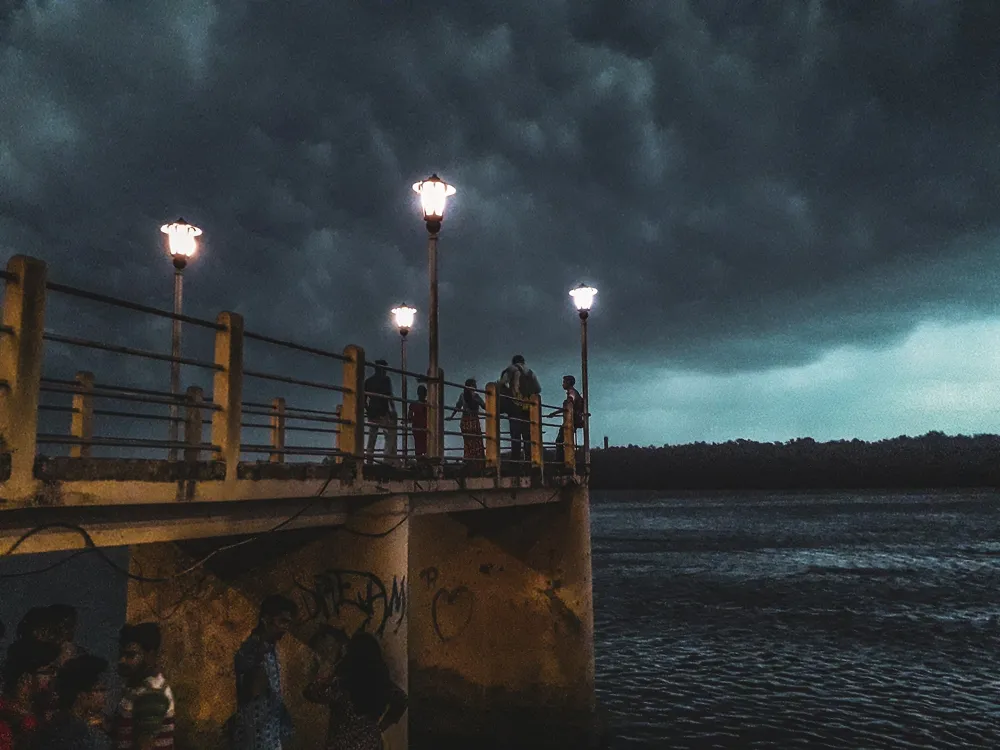Garh Jungle, located in Durgapur, West Bengal, is a place steeped in history and natural beauty. This region, often referred to as the 'Fort in the Jungle', is believed to be one of the earliest places where civilization flourished in Eastern India. The area is rich in dense forest cover and is home to a diverse range of flora and fauna, offering a serene escape from the hustle and bustle of city life. Historically, the Garh Jungle is significant for its association with the Mauryan Empire and is believed to have been visited by Emperor Ashoka, who erected a stupa and spread the message of Buddhism here. The enchanting landscape of Garh Jungle includes meandering rivers, undulating terrains, and lush greenery, making it a paradise for nature enthusiasts and photographers alike. The region's biodiversity includes several species of birds, insects, and small mammals, as well as a wide variety of plants and trees, some of which are rare and endemic to this area. The forest also serves as an important ecological zone, playing a vital role in maintaining the environmental balance of the region. Apart from its natural beauty, the Garh Jungle is a treasure trove of historical and archaeological significance. The remnants of old temples, ancient structures, and artifacts found in the area provide a glimpse into the rich cultural and religious history of the region. These historical elements, combined with the natural beauty of the forest, make Garh Jungle a unique and fascinating destination for tourists, historians, and nature lovers. In recent years, the Garh Jungle has gained popularity as an eco-tourism destination. Efforts have been made to develop sustainable tourism practices that not only enhance the visitor experience but also contribute to the conservation of this precious ecosystem. As a result, a visit to Garh Jungle is not just a journey through a beautiful forest, but also an opportunity to learn about and contribute to environmental conservation. The architecture of Garh Jungle is a testament to the region's historical and cultural significance. The most prominent architectural feature of Garh Jungle is the ancient ruins that dot the landscape. These ruins, believed to be from the Mauryan period, showcase the architectural prowess of ancient Indian civilization. The structures are primarily made of brick and stone, featuring intricate carvings and motifs that reflect the religious and cultural beliefs of the time. Among these ruins, the most notable is the remains of a Buddhist stupa, believed to have been established by Emperor Ashoka. This stupa stands as a symbol of the spread of Buddhism in Eastern India and is characterized by its circular mound-like structure with a central chamber, which likely housed relics or important artifacts. The design and construction of the stupa reflect the architectural style of the Mauryan period, marked by simplicity, durability, and religious significance. Another significant architectural feature of Garh Jungle is the remnants of ancient temples dedicated to various Hindu deities. These temples, though now in ruins, display the typical features of early Hindu temple architecture, including raised platforms, pillared halls, and intricate carvings depicting scenes from Hindu mythology. The design of these temples shows a blend of architectural styles, indicating the influence of different dynasties and cultural interactions over the centuries. The architectural elements found in Garh Jungle are not just historical relics; they are also valuable sources of information about the socio-cultural and religious life of ancient India. The art and architecture of Garh Jungle provide insights into the skills, beliefs, and lifestyles of the people who lived in this region thousands of years ago, making it an important site for historical and archaeological research. Before heading to Garh Jungle, it's important to plan your trip carefully. Check the weather conditions, decide on the best time to visit, and make necessary accommodation arrangements if you plan to stay overnight. It's also advisable to research the area and familiarize yourself with the routes and transportation options. Given the natural terrain of Garh Jungle, it's essential to pack appropriate gear. This includes comfortable walking shoes, light and breathable clothing, a hat, sunscreen, insect repellent, and a water bottle. If you're planning to explore the deeper parts of the jungle, consider carrying a compass or GPS device. Garh Jungle is a precious ecological zone. Visitors are encouraged to respect the environment by not littering, disturbing the wildlife, or damaging the plant life. Stick to designated paths and follow the guidelines set by the local authorities to ensure the conservation of this beautiful region. While exploring Garh Jungle, prioritize your safety. Stay aware of your surroundings, especially if you venture into less-traveled areas. It's advisable to inform someone about your plans and expected return time. Also, consider hiring a local guide for a safer and more informative experience. Garh Jungle is accessible by various modes of transportation. The nearest major city is Durgapur, which is well-connected by road, rail, and air. Visitors can take a train or flight to Durgapur and then hire a taxi or take a local bus to reach Garh Jungle. The journey offers a scenic route through the countryside of West Bengal, making the travel experience an enjoyable part of the visit. Read More: Overview of Garh Jungle, Durgapur, West Bengal
Architecture of Garh Jungle
Tips When Visiting Garh Jungle
Plan Your Visit
Pack Appropriately
Respect the Environment
Stay Safe
How To Reach Garh Jungle
Garh Jungle
Durgapur
West Bengal
NaN onwards
View durgapur Packages
Durgapur Travel Packages
View All Packages For Durgapur
Top Hotel Collections for Durgapur

Private Pool

Luxury Hotels

5-Star Hotels

Pet Friendly
Top Hotels Near Durgapur
Other Top Ranking Places In Durgapur
View All Places To Visit In durgapur
View durgapur Packages
Durgapur Travel Packages
View All Packages For Durgapur
Top Hotel Collections for Durgapur

Private Pool

Luxury Hotels

5-Star Hotels

Pet Friendly













